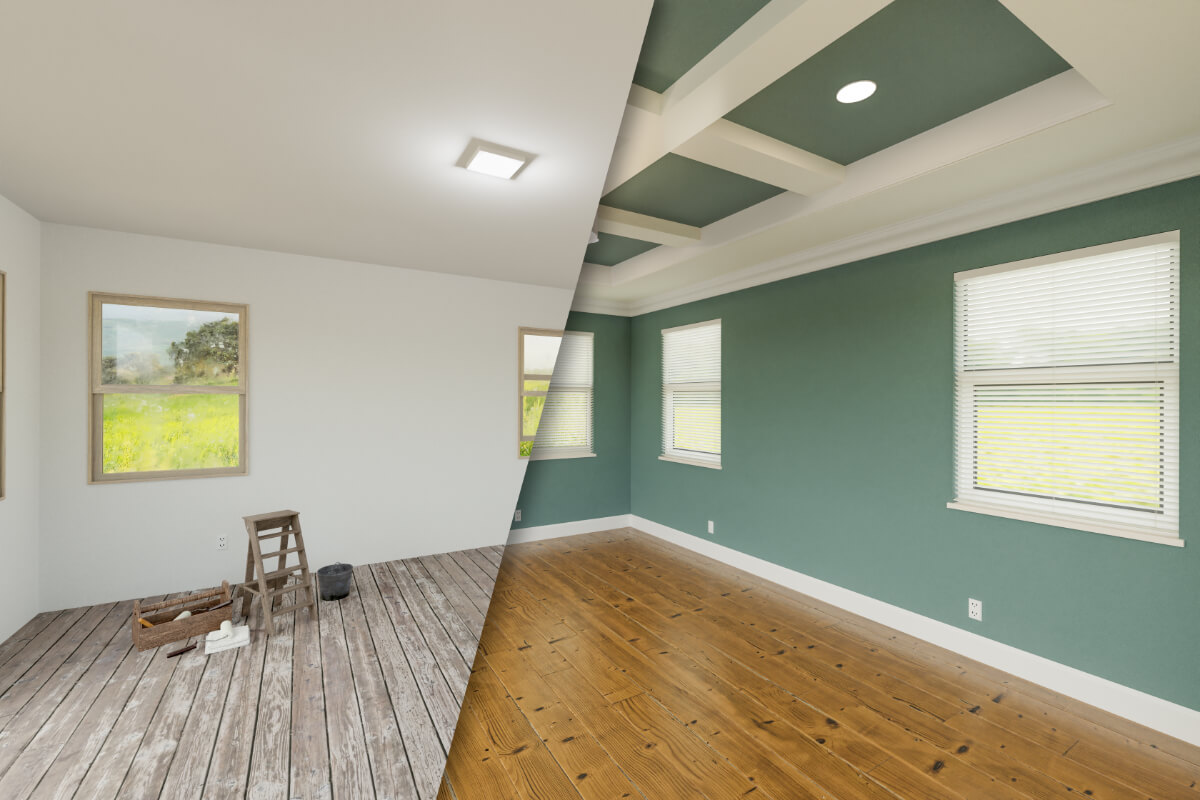
Flipping houses is a popular real estate investment strategy where investors buy properties, renovate them, and sell them at a profit. While the concept sounds simple, success in house flipping requires planning, market knowledge, and smart budgeting. If you’re just getting started, this guide covers the essentials you need to know before diving into your first flip.
What Is House Flipping?
At its core, house flipping involves purchasing a property—typically one that’s undervalued or in need of repair—renovating it, and reselling it for a higher price. The goal is to complete this cycle quickly, often within a few months, to maximize profit and minimize holding costs like property taxes, utilities, and loan interest.
Step 1: Understand the Market
Before you buy anything, research the local real estate market. Look for neighborhoods with rising property values, good schools, low crime rates, and active buyer interest. Analyze recent sale prices and trends. A strong understanding of the market helps you spot good deals and avoid overpaying for properties.
Step 2: Set a Budget
Successful flippers never jump in without a clear budget. You’ll need to account for the purchase price, renovation costs, permits, inspection fees, real estate agent commissions, and closing costs. Many investors follow the “70% rule,” which means you should pay no more than 70% of the home’s after-repair value (ARV), minus renovation costs. For example, if the ARV is $300,000 and repairs will cost $50,000, the most you should pay is $160,000.
Step 3: Secure Financing
- Unless you have cash on hand, you’ll need funding. Common financing options include:
- Traditional mortgages (for experienced investors)
- Hard money loans (short-term, higher-interest loans)
- Private lenders (friends, family, or investor networks)
- Each has pros and cons, so choose based on your financial situation and timeline.
Step 4: Find the Right Property
Look for distressed or outdated homes priced below market value. You can find these through real estate agents, auctions, foreclosure listings, or wholesalers. A thorough home inspection is essential to avoid hidden issues like structural damage, mold, or outdated wiring.
Step 5: Renovate Strategically
The goal isn’t to make the home luxurious—it’s to make it appealing and safe for the average buyer. Focus on high-ROI updates like:
- Kitchen and bathroom upgrades
- Fresh paint and flooring
- Curb appeal improvements
- Fixing structural or safety issues
- Stay on schedule and under budget to maximize your return.
Step 6: Sell Smart
Once renovations are complete, stage the home and list it with a knowledgeable real estate agent. Price it competitively based on the local market and recent comps. A well-marketed, move-in-ready home can sell fast—especially in a hot market.
Final Tips
- Always factor in unexpected costs.
- Build a network of reliable contractors and inspectors.
- Start small before taking on large, complex flips.
- Keep emotions out of it—it’s a business, not a passion project.
Flipping houses can be profitable, but it’s not without risk. With careful planning, market knowledge, and smart execution, you can turn undervalued properties into real gains.